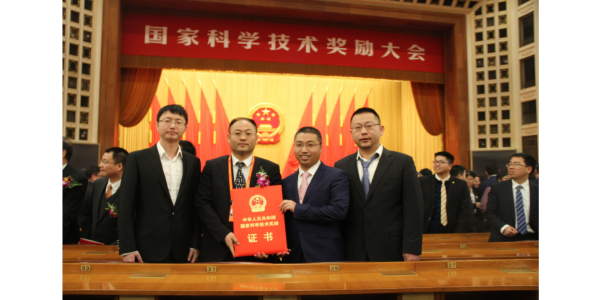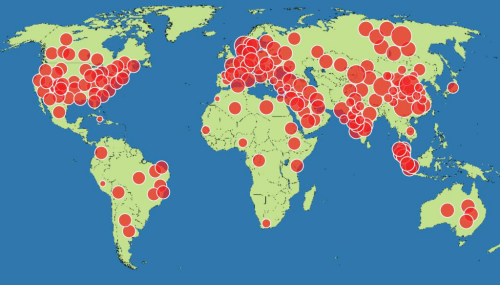On the morning of January 10, 2020, the Central Committee of the Communist Party of China and the State Council solemnly held the National Science and Technology Awards Conference in Beijing. Party and state leaders such as Xi Jinping and Li Keqiang attended the conference and presented awards to the winning representatives. The "CALYPSO Crystal Structure Prediction Method and Application"projectcompleted by the research team of Professor Ma Yiming, Dean of the College of Physics of Jilin University,won the second prize of the National Natural Science Award. This is also the second time that the team won the second prize of the National Natural Science Award for the “Structure and Physical Properties of Sodium and Lithium Monoliths and Binary Compounds under High Pressure” project in 2015.

In response to the scientific problem of how to accurately predict the crystal structure in theory, Ma Yanming, Wang Yanchao, Lv Jian, Liu Hanyu, and Wang Hui from the School of Physics proposed a heuristic potential energy surface numerical solution based on physical constraints, and created a calculation method named CALYPSO. A set of independent property calculation software with 120,000 lines of program code and 10 functional modules was developed to achieve accurate prediction of crystal structure.

Up to now, CALYPSO has been promoted and applied in more than 700 units in 65 countries and regions including China, the United States, Japan, Canada, and the United Kingdom. It has been promoted and applied by 2,600 teams including Nobel Prize winners and academicians from the United States, Canada, and the Chinese Academy of Sciences. Adopted by the remaining users.Annotated use of CALYPSO users has published more than 920 academic papers in high-level SCI journals such as Nature journals, PRL, PNAS, JACS, etc., solving a large number of scientific problems closely related to crystal structure in the fields of physics, chemistry, materials and geosciences.
